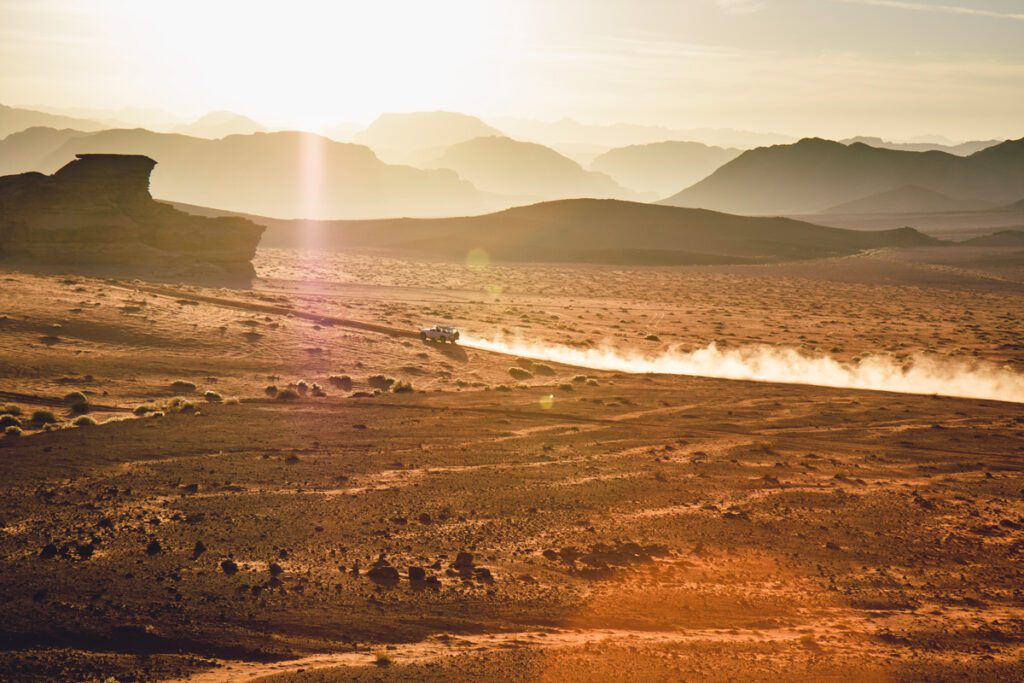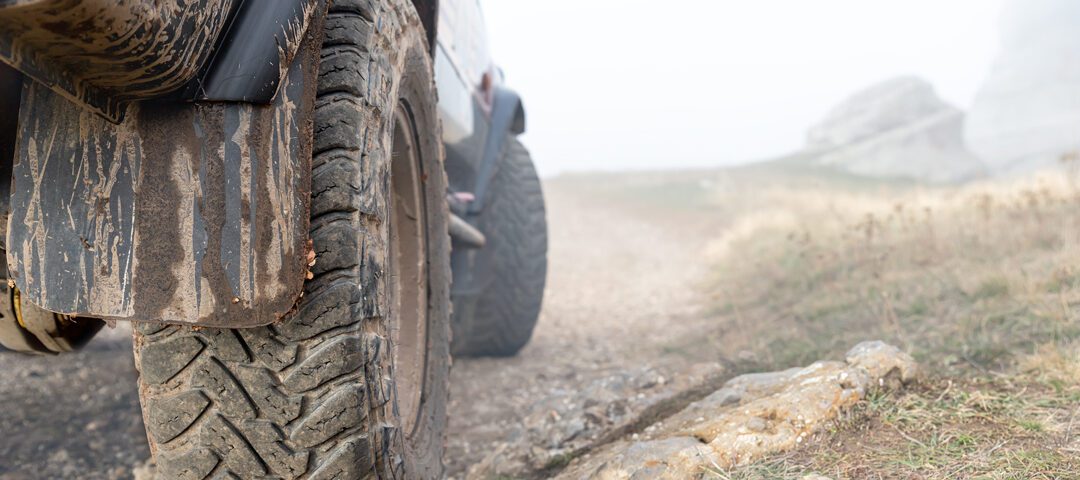There’s an unspoken code that says you must take your 4×4 on offroad trips to get it covered in dirt. A 4×4 that spends its days on the tarmac is wasting potential. Even though we wear this dirt with pride, we still prefer to keep it outside the vehicle.
What happens if dust gets into your engine?
If dust gets into your engine, it can cause a variety of problems. It can reduce the efficiency of your engine by clogging up the air filter and reducing the amount of air that can flow into the engine. This can lead to reduced engine efficiency and performance.
Dust can also cause increased wear and tear on the moving parts of the engine. By reducing the engine oil quality and when dust particles grind against the surfaces of these parts, they can cause damage and eventually lead to premature part wear and failure. Dust can also lead to your engine overheating. If dust clogs the radiator or other cooling components, it can cause the engine to overheat.
While there’s no way to eliminate dust when off-roading, the following ideas can help you minimise the amount of dust that accumulates in your 4×4. With a little bit of planning and the right tools, you can enjoy a clean and comfortable ride, even on the dirtiest of trails.

Seven things you can do to reduce dust in your vehicle:
- Create a positive pressure
Close all windows and vents and turn up the air conditioning or fans and ensure they are on the “fresh air in” mode. This will help to seal your vehicle’s interior and keep dust out. Dust will not be sucked in if you pressurise the interior of your vehicle, creating positive air pressure. If a vehicle is approaching, you should quickly switch to the recirculate mode until the dust has cleared. Likewise, if you have a properly sealed canopy, opening the window at the front of the canopy (between the cab and the canopy) when driving on a dirt road will provide airflow into the canopy, making a positive pressure inside and thereby reducing the amount of dust intake.
- Use a high-quality air filter
A high-quality air filter can help to filter out dust and other contaminants before they enter your vehicle’s engine. If you’re planning on doing a lot of off-roading, it might be worth investing in a high-performance air filter, as these are designed to withstand the harsh conditions of off-road driving. Just make sure to follow the manufacturer’s recommendations for cleaning and replacing the filter, as a dirty or clogged filter can reduce engine performance and fuel efficiency.
- Replace your cabin air filter
While an air filter purifies the air that enters your engine, a cabin filter purifies the air that you and your passengers breathe. Many vehicles have a cabin air filter that helps to clean the air that comes into the vehicle and prevents it from entering your climate control system. The Isuzu D-Max cabin filter is situated behind the cubby hole/glovebox. Replacing this filter regularly can help to reduce the amount of dust that gets inside your vehicle.
- Fit a Snorkel
A snorkel is designed to allow the engine to draw in air from above the level of the dust and dirt, rather than from the ground level where it is likely to be contaminated. In theory, this should help to reduce the amount of dust that gets into the engine and other mechanical components of the vehicle when off-roading. However, it is important to note that a snorkel is not a foolproof solution, and it is still possible for dust to get into the vehicle through other means, such as through open windows or vents. In extreme conditions, a snorkel sock can be fitted over the snorkel head to further minimise dust intake.
- Install a tailgate dust-sealing kit
A tailgate dust-sealing kit will help prevent dust, sand, and water from being sucked into your vehicle’s load bin, when you fit a tonneau cover, canopy, or roller shutter lid, by tightly sealing all the openings of your tailgate and load box.
- Install a roof vent on your canopy
A roof vent will help to pressurise the canopy and keep dust out. Additionally, a roof vent can help to reduce wind load on the canopy, which can be especially important if the canopy is being used in an area with strong winds.
- Avoid driving too fast
When you’re driving at high speeds, your tyres are more likely to kick up a large amount of dust. To minimise the amount of dust you create, try driving at a slower speed, especially when you’re on particularly dry and dusty trails. This will also help you avoid kicking up rocks and debris, which can damage your car’s undercarriage.
–
It is critical to keep as much dust out of your engine as possible. Using dust filters and keeping the air intake vents clean can help with this. If you do a lot of off-roading or driving in dusty conditions, talk to the guys at Autoworld about having your engine serviced more frequently to help ensure that any dust that does get inside is removed.
